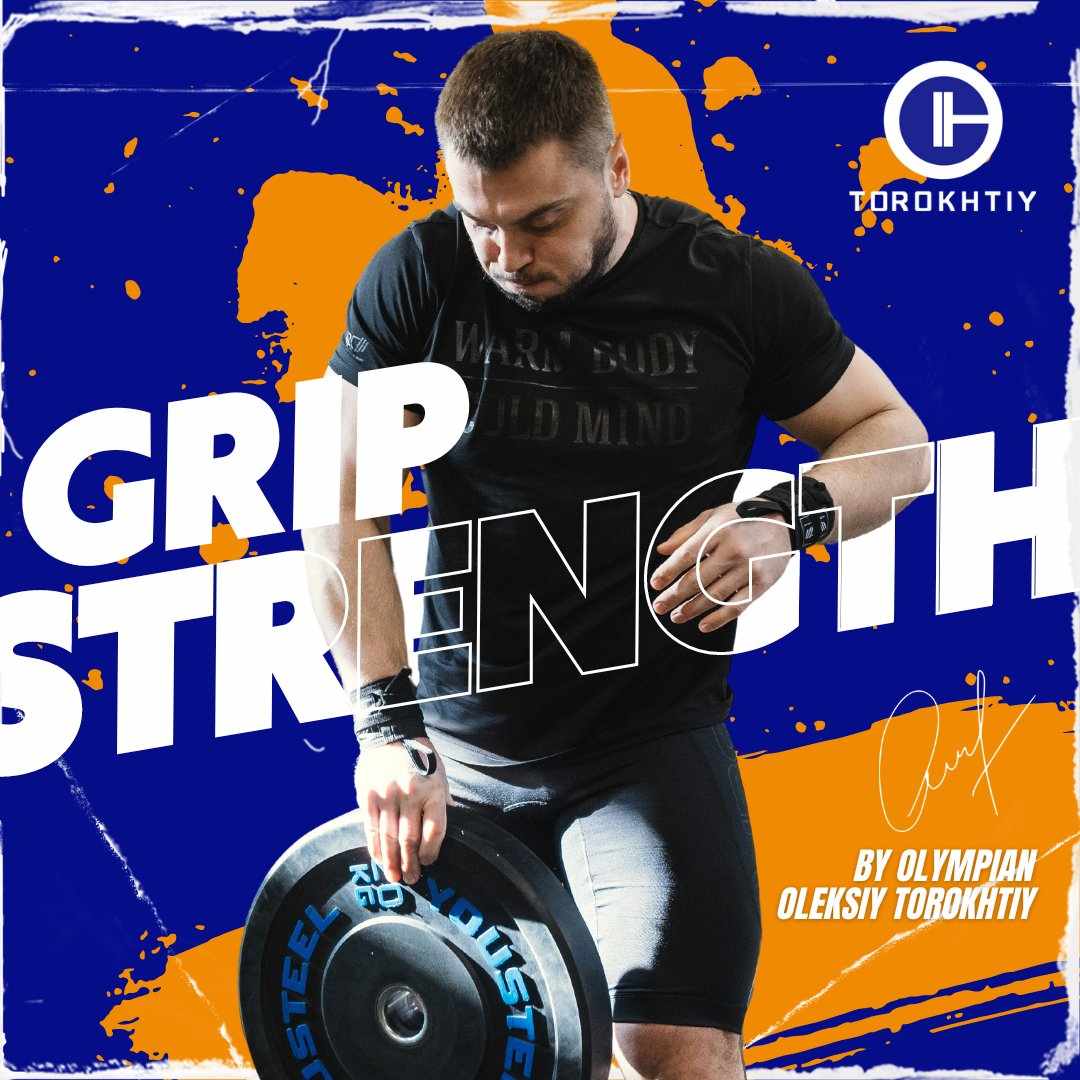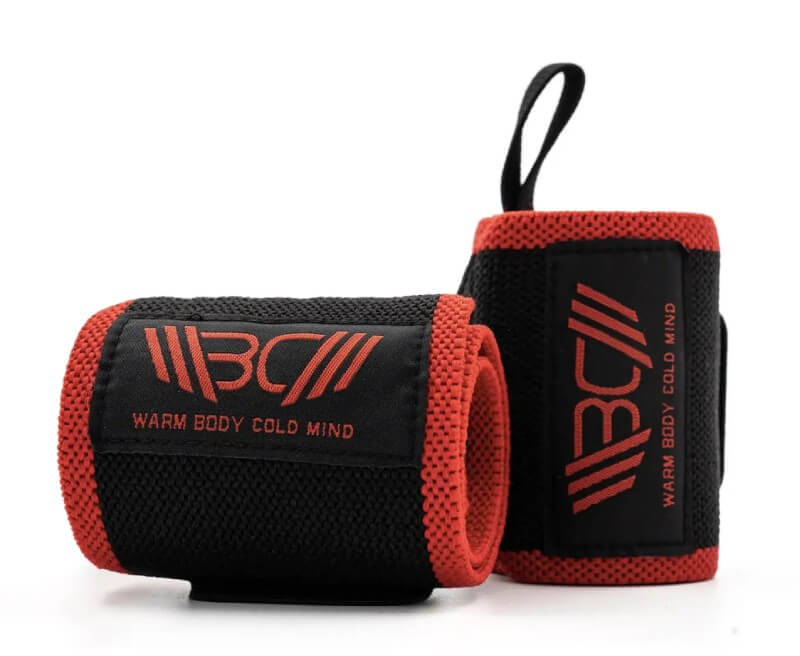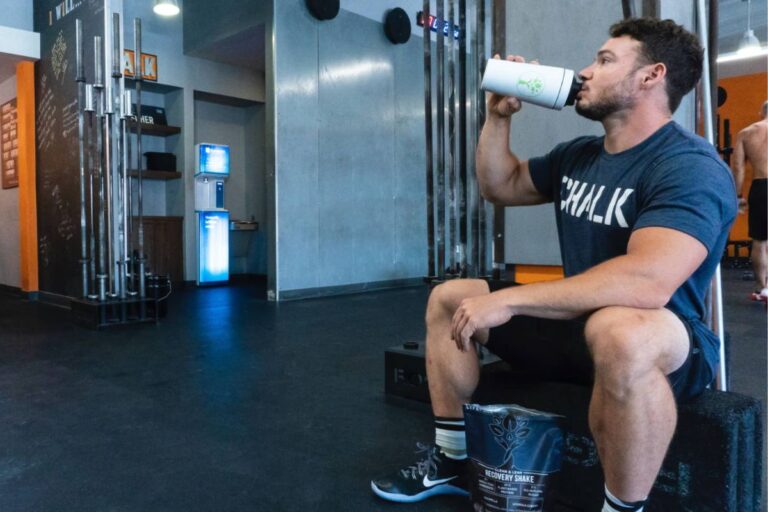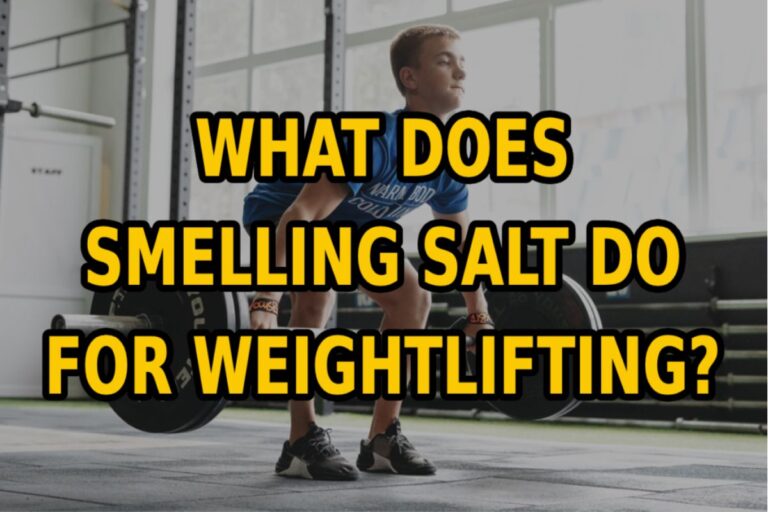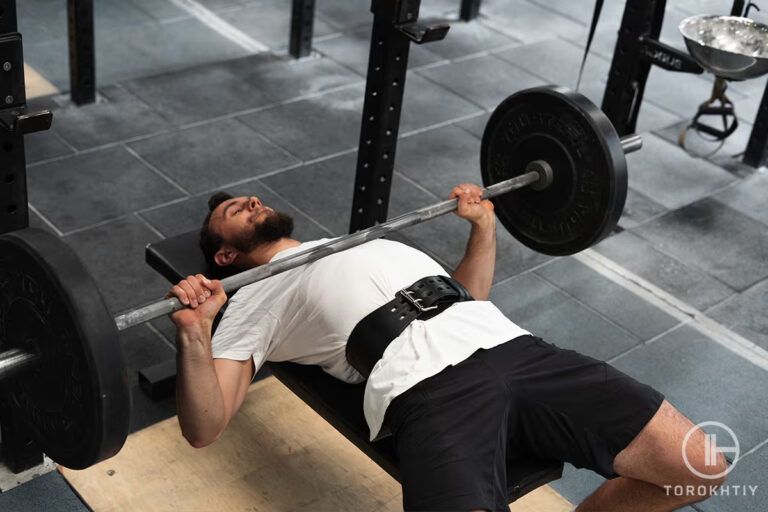Handstand Wrist Pain – How to Avoid Injuries?
Handstand wrist pain is not uncommon by any means. As it is, the handstand is one of the most difficult exercises to perform, even for people who have been training for years, as it requires not only strength but also balance and body awareness.
Having said that, in this article, we will be taking a look at what can cause wrist pain from handstands and what you can do to avoid it. Just this article is for informational purposes and is not meant as medical advice. If you are having pain you should consult a healthcare professional.
Let’s get started.
You can do several things to avoid wrist pain while doing the handstand. The first one is working on the strength of the upper body and mobility of the wrist joint. Then to further support the wrist, use wrist wraps and perform handstands on hard surfaces only.
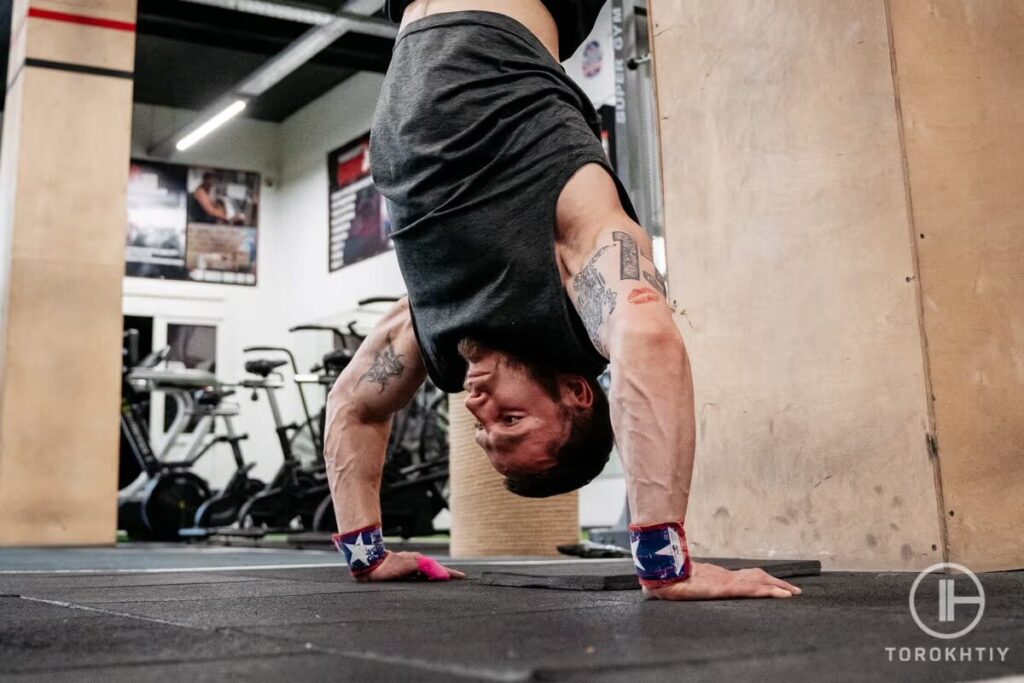
Why Do You Feel Wrist Pain During Handstands?
If you start doing handstands and you’ve never tried them before, it’s likely that you will feel some discomfort in the wrist joints.
And that should not come as a surprise to you. We typically use our feet to support our body, and our hands, forearms, and wrists are not used to feeling our entire body weight on them.
However, feeling slight discomfort is not the same as feeling pain and potentially getting injured, and if every single one of your handstand tries is followed by pain, then it’s likely you’re doing something wrong, or not ready to do a handstand yet.
That’s why we’ve decided to narrow down the three main reasons why people feel wrist pain when doing handstands.
1. Lack of Wrist Mobility
When doing a handstand, your wrist has to stand at a 90-degree angle throughout almost the entire movement. With that said, if you’re not naturally able to bend your wrist at that angle and you lack the range of motion in that joint, then you shouldn’t be putting more weight on top of it.
By attempting to hold your entire body upside down, resting at a 90-degree angle on a wrist that lacks the mobility to stay that way, you are putting a large load though the joint at its end range of motion. This will likely be painful and might result in you tearing a ligament or a tendon. And that’s something that you likely want to avoid.
That’s why before making any more handstand attempts, you should test your wrist’s mobility by flexing and extending it. If you find a hard time reaching a 90-degree angle, then you should spend some time working on the mobility of the wrist joint before getting back to handstands.
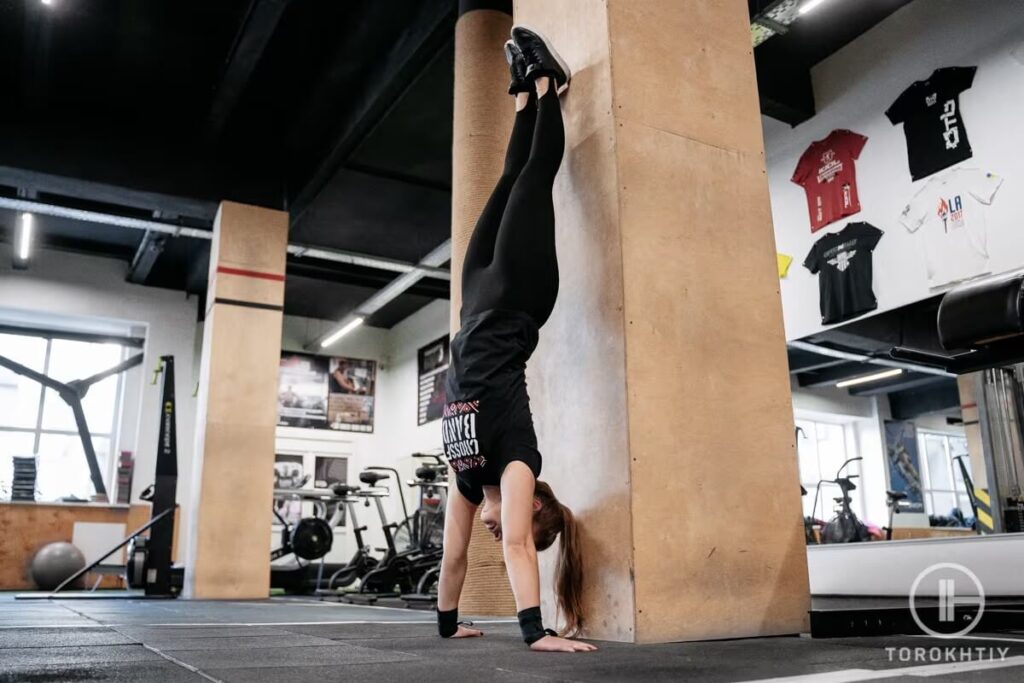
2. You’re Not Warming Up
Many athletes undervalue warming up, and many of them (while young) tend to skip that vital step of the workout. However, without a proper warm-up, the chances of potential injuries rapidly increase, and this particularly applies to handstands and other more complex, multi joint exercises.
Unless you are an advanced gymnast, if you get into the gym and directly try to get into a handstand position, then you’re making a huge mistake that could result in wrist pain. It’s crucial to take the time and warm up the wrist joints before trying to do a handstand.
You can find many simple warm-ups online, and most of them take less than five minutes to do. However, those five minutes might be what makes the difference between getting injured and not.
3. Lack of Wrist Strength
The handstand is a difficult exercise, even for people who have been training for years and have sufficient experience working out. Unfortunately, most people assume that the best way to learn handstands is by doing them constantly, and even though repetition is necessary, there’s a right and a wrong way to go about it.
Unless you’ve already done gymnastics, your wrists will not be used to spending that much time with so much weight on top of them. Even if you have sufficient upper body strength from exercises like bench press, you may not have spent all that much time loaded in the position required to do a handstand.
That’s why our advice is always to start slowly – do some warm-up exercises, work on improving your strength, and do easier handstand variations that will allow you to build the necessary muscles over time. And always remember to be patient – the connective tissues also take time to adapt to your new way of training and the demand you’re putting on them.
How to Support Your Wrists During Handstand
Now that you know why you might be feeling pain during your handstand, let us present you with some ways to avoid it and support your wrist next time you practice.
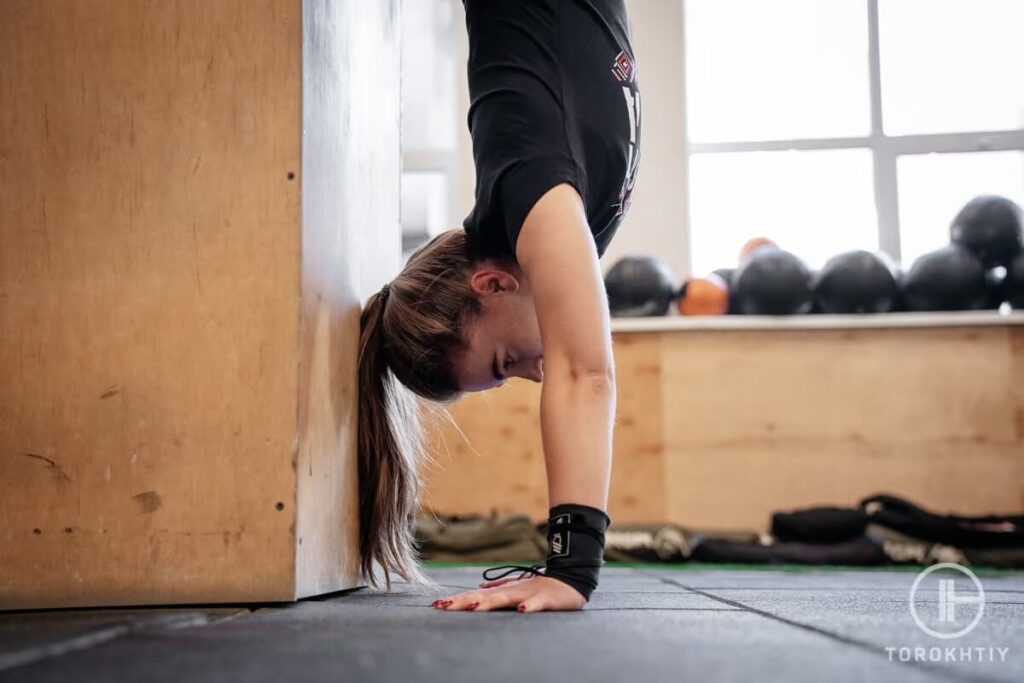
1. Avoid Soft Surfaces
People who are just beginning to try handstands prefer to do so on a soft surface like a carpet. And while that might seem like a good idea (after all, it’s better to fall on something soft), in reality, a soft surface might exacerbate a range of motion deficiencies and thus lead to pain and potential injury.
When you do a handstand on a mat or on a carpet, your wrist will start sinking into the surface as you put your body weight on top of it. And as it does, it will force your joint to extend more than it would on a hard surface.
For people who already lack wrist mobility, this will make the exercise even harder, and it will increase the chances of injured tendons and ligaments.
Having said that, we know that standing on hard surfaces is scarier; however, it’s a lot better for your wrists. It allows them to remain in a natural position, and if you have sufficient mobility, you will not be overloading the joint. If you are starting out, you should have a crash pad on the floor anyway, in case of a fall.
🔻GRIP STRENGTH TRAINING PROGRAM
Struggling with Missed Lifts in Olympic Weightlifting?
Weak grips shouldn’t hinder your success.
Our specialized program, featuring 26 unique exercises and 18 workouts, focuses on strengthening essential hand muscles for Olympic weightlifters like you.
Don’t let your grip be the reason; start your journey to a stronger, more powerful lift today!
- 🌟 Targeted Grip Strengthening
- 🌐 Suitable for All Skill Levels
- 🔒 Lifetime Access – No Monthly Payments
Unleash your full potential. Click to transform your lifting game now!
2. Use Wrist Wraps
Getting a high-quality pair of durable wrist wraps is another way to make your wrists feel supported while doing handstands. Make sure to wrap them just tightly enough so that you feel supported, but not so tight that it makes your blood circulation stop.
The good thing about using wrist wraps is that they will help you avoid overextending your wrist and will keep it flexed to a degree at which it feels comfortable, which means you won’t be causing further damage to the joint.
Here, it’s key to choose a quality pair of wrist wraps to get, not only because they will last much longer but also because they have to be just elastic enough to both provide support and allow free movement of the joint.
Our recommendation is to go for the Warm Body Cold Mind wrist wraps, as they’re made to be durable, ultra-supportive, and can be used for all the other workouts you want to do, including Olympic weightlifting and fitness.
FAQ
How Do You Prepare Your Wrist for a Handstand?
It would be better to ask how to strengthen wrists for handstands and how to improve the wrist joint’s mobility. Those are the two main things you must work on- strengthening the upper body and working on the mobility of the wrist joint. And, of course, don’t forget to warm up before each training session.
How Often Should I Practice Handstands?
You should practice as much as you can without overloading the muscles and the joints. If you’re a beginner, that would be 1-3 times per week, and as you get more advanced, you can start to practice 4-5 per week, and after a while, you can start training handstands every day.
Can Handstands Give You Carpal Tunnel?
Unfortunately, they can. All the exercises that require athletes to put their body weight or even simply to put more pressure on the wrists can lead to the median nerve getting compressed, which is a condition known as carpal tunnel syndrome.
Conclusion
Handstands are one of the coolest exercises you can learn to do. However, they’re also one of the hardest, especially for people who’ve never done gymnastics in their lives. Unfortunately, because of that, people who perform them with poor technique or without the needed strength and mobility can get easily injured.
Having said that, in this article, we gave you some reasons why your wrist might hurt during handstands and how you can avoid that from occurring in just a few simple ways. Now, if any of you have dealt with wrist pain before, please share with us in comments what helped you heal and how you’re supporting your wrists now to avoid new injuries.
Also read:
- Low Bar Squat Wrist Pain
- Wrist Pain From Lifting
- Bench Press Wrist Pain
- Handstand Wrist Pain
- What Do Wrist Wraps Do
- Best Wrist Wraps
- Tuff Wrist Wraps Review
References:
- 5 Joint Mobility Exercises to Improve Flexibility and Function // Healthline: https://www.healthline.com/health/fitness-exercise/joint-mobility-exercises
Why Trust Us?
With over 20 years in Olympic Weightlifting, our team does its best to provide the audience with ultimate support and meet the needs and requirements of advanced athletes and professional lifters, as well as people who strive to open new opportunities and develop their physical capabilities with us.
By trusting the recommendations of our certified experts in coaching, nutrition, dietology, and sports training programming, as well as scientific consultants, and physiotherapists, we provide you with thorough, well-considered, and scientifically proven content. All the information given in the articles concerning workout programming, separate exercises, and athletic performance, in general, is based on verified data. We ensure that you can rely on our professionals’ pieces of advice and recommendations that can be treated as personalized ones which will benefit you and fully meet your needs.
The product testing process is described in more detail here
Author: David Sasha Schulz
Doctor of Chiropractic, BSc Human Biology, CSCS
Strength coach (CSCS) – 10 years
Sasha is a Chiropractor and Kinesiologist practicing in Kelowna, BC, Canada. He has been practicing Chiropractic since 2019, integrating manual therapy, strength training and programming principles, and nutritional strategies to get his patients optimal results. He currently scratches the competitive itch in fitness, and the occasional endurance race, and plays golf and snowboards for fun. He has an interest in all strength and fitness-related sports.

